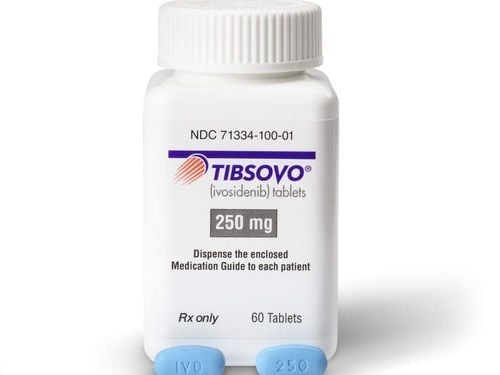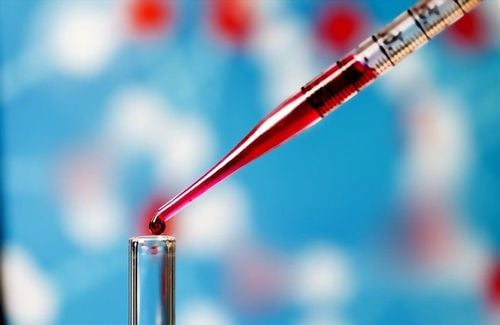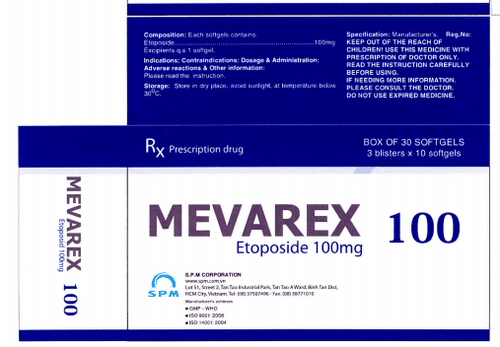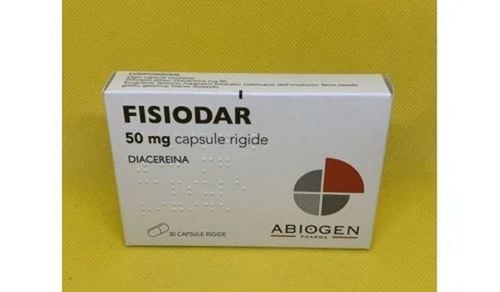This is an automatically translated article.
Through the parameters of the peripheral blood cell test by laser machine, the doctor will get useful information about the patient's health status, thereby suggesting monitoring, determining the cause of the disease, detect abnormal phenomena of the body to provide timely and effective treatment.1. Composition and function of blood
Blood is made up of two components: blood cells and plasma.Blood cells include:
Red blood cells: Make up the most number, contain hemoglobin, giving blood its red color. Red blood cells carry oxygen from the lungs to the tissues and receive CO2 from the tissues to be eliminated in the lungs. The average lifespan of red blood cells is about 90-120 days. Every day, on average, about 200-400 billion red blood cells die, being replaced by new red blood cells born from the bone marrow; White blood cells: Protect the body by detecting and destroying foreign pathogens. There are many different types of white blood cells, the average survival time is from 1 week to several months; Platelets: Are very small cell fragments, involved in the hemostasis function, forming blood clots to seal wounds in the vessel walls. Platelets have an average lifespan of about 5-7 days. Plasma is the invisible, yellowish part that contains mainly water. In addition, plasma also contains many substances important for the development and metabolism of the body such as albumin, clotting factors, sugar, vitamins, mineral salts, antibodies, hormones and enzymes,...

Thành phần của máu
2. What is a complete blood count test?
A complete blood count or peripheral blood cell test is a routine test used to assess a patient's overall health and detect disorders such as infections. , anemia or blood diseases,... After being taken out, the blood sample will be put into a test tube containing anticoagulant to prevent blood from clotting, then put into the analyzer to:Count the amount red blood cells, white blood cells and platelets in each milliliter of blood; Calculate the volume of red blood cells displaced in 1 liter of whole blood; Measure and calculate the average size of red blood cells; Quantification of hemoglobin present in red blood cells; Determine the percentage of each type of white blood cell in the blood sample;
3. What is the peripheral blood cell test for?
The blood cell indicators will directly or indirectly reflect the patient's physiological status or give information about some diseases of the body. Peripheral blood cell testing suggests the direction of the cause of the disease and detects abnormalities of the body such as:Anemia: The test helps to check whether the patient is anemic or not. There are many causes of anemia that can be detected through a blood cell test. Specifically, based on the average size of red blood cells - the MCV - the doctor will determine the cause of iron deficiency anemia or Thalassemia (small red blood cell size) or the patient is deficient. folic acid, vitamin B12 (larger-than-average red blood cell size); Polycythemia vera: Caused by many causes, mainly due to bone marrow dysfunction caused by defects in genes; Leukopenia: Including many forms such as neutropenia, lymphocytopenia, eosinophilia; Leukocytosis: Including types of polymorphonuclear leukocytosis, eosinophilia, lymphocytosis, mononucleosis, basophils,... The causes of this phenomenon include: : infection, allergic disease (eosinophilia), blood cancer (sudden increase in the number of many types of white blood cells); Thrombocytopenia: As a result, the body is easy to bruise and bleed for a long time, difficult to clot; Thrombocytosis: This is the result of a disorder affecting the bone marrow cells responsible for the production of platelets.

Xét nghiệm tế bào máu ngoại vi để làm gì?
4. Peripheral blood cell testing procedure
4.1 Prepare a technician to operate the machine; Impedance and laser automatic cell counter; Blood tube shaker; Printer included; WBC formulation machine; Drying table (lamp or specimen dryer); Template socket; Freeze (tank) stain the specimen; Optical microscope; Test tubes with antifreeze; Bar code, paper to print results, machine log book, record book of results; Glass slides, scissors, glass oil, gauze; Pencil markers, ballpoint pens, notebook markers, gloves; Blood standard machine; Solution for running the machine and washing the machine; Alcohol absolutely fixed the specimen; Solution of Giemsa pure and Giemsa diluted 1/5; Specimen: 2ml of peripheral blood superimposed with EDTA; The test sheet has full patient information, marked with the parameters to be tested, clearly stating the date, month, year and the doctor's signature. 4.2 Carrying out Receiving specimenChecking the blood sample with sufficient quantity and quality, on the blood tube, write all information in accordance with the test paper; Medical staff record and sign in the patient receipt book, paste the barcode on the test paper and blood tube, enter patient information into the software. Technical implementation
Check chemicals and consumables in terms of quantity and shelf life; Turn on the computer and turn on the laser peripheral blood cell analyzer; Calibration: Place the calibrator on the meter and shake for about 10 minutes. When the machine has enough temperature, calibrate all indicators in batches. After meeting the standard, run the sample; Pre-run sample test: Administrative information and sample quality; Select the mode and work program corresponding to the designation; Place the patient samples on the patient rack in order from left to right, face the barcode towards the reading slot, and then place the rack in the automatic sample transfer tray; Run the machine: Start the automatic running mode, run the machine while monitoring the machine; View and print results; In case of abnormality, the laboratory staff should pull the slide and stain Giemsa, then read it on the microscope and compare the slide with the results of the machine. 4.3 Reading of results If the run-up results match the specimen, the examiner signs, dates the test and returns the results; If the test results are not consistent, the testing staff should check again and report it to the doctor. Note: The time from removing the device from the vessel wall to doing the test should not exceed 6 hours.
5. Normal values of blood cell lines
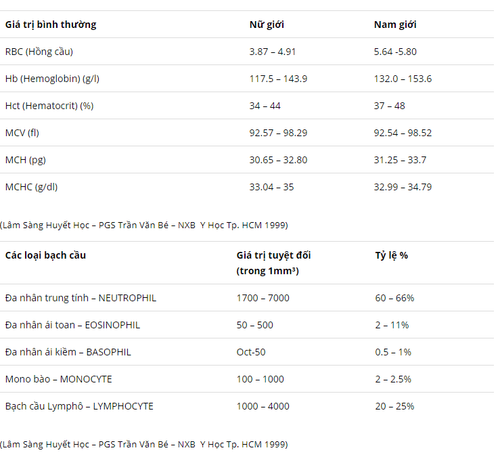
Giá trị bình thường của các dòng tế bào máu
6. What to do when there is an abnormal total blood analysis test?
Abnormalities detected in peripheral blood cytology can be caused by a variety of factors. Therefore, when detecting abnormal test results, the patient should coordinate with the doctor to perform other tests to clarify the cause.In necessary cases, the doctor will advise the patient to perform other tests to find out the exact cause of the abnormal readings in the blood cell test results.
Peripheral blood cell testing will provide the earliest evidence of changes in the patient's health status and disease progression. Therefore, when assigned to perform this test, patients need to absolutely coordinate with medical staff to obtain accurate diagnosis results.
Please dial HOTLINE for more information or register for an appointment HERE. Download MyVinmec app to make appointments faster and to manage your bookings easily.





